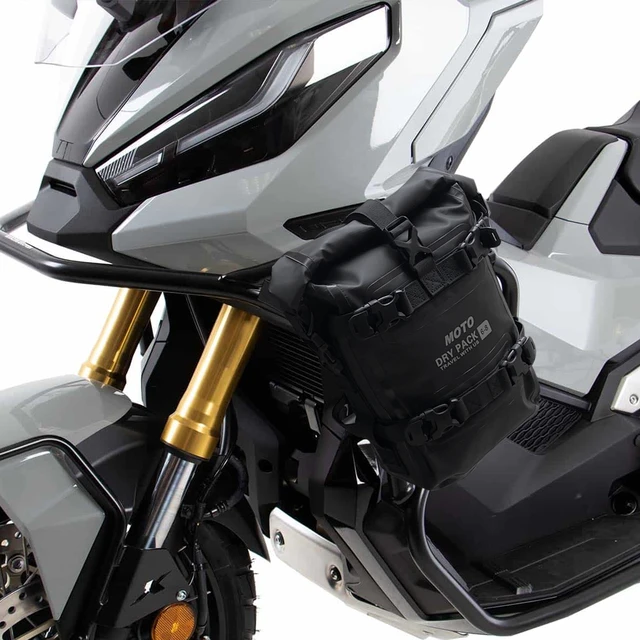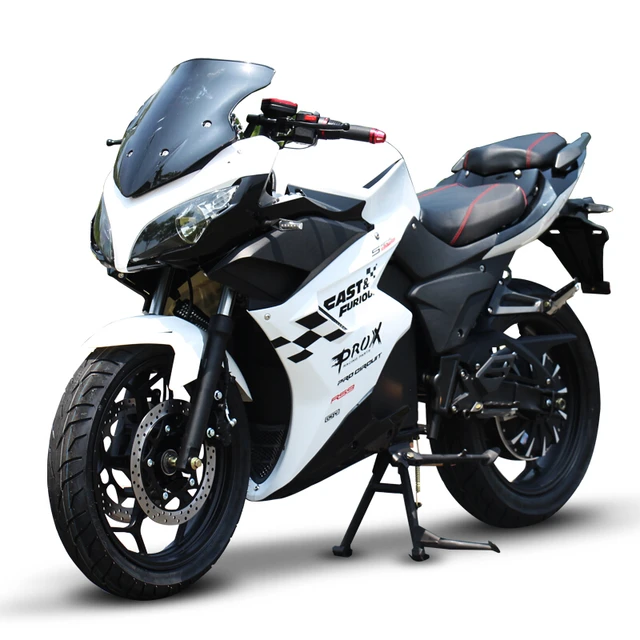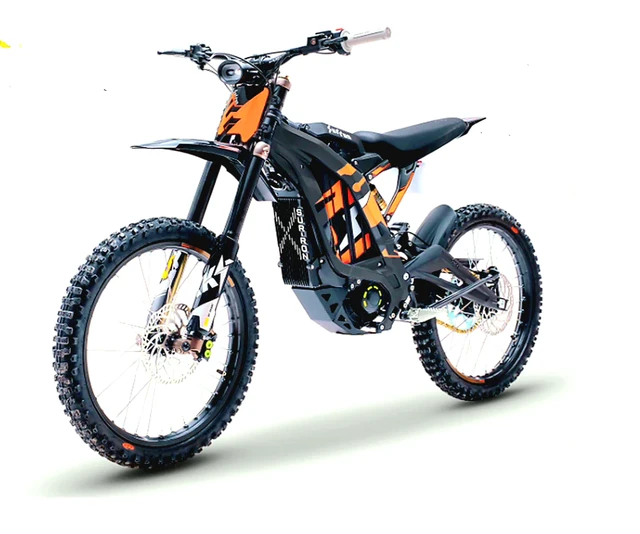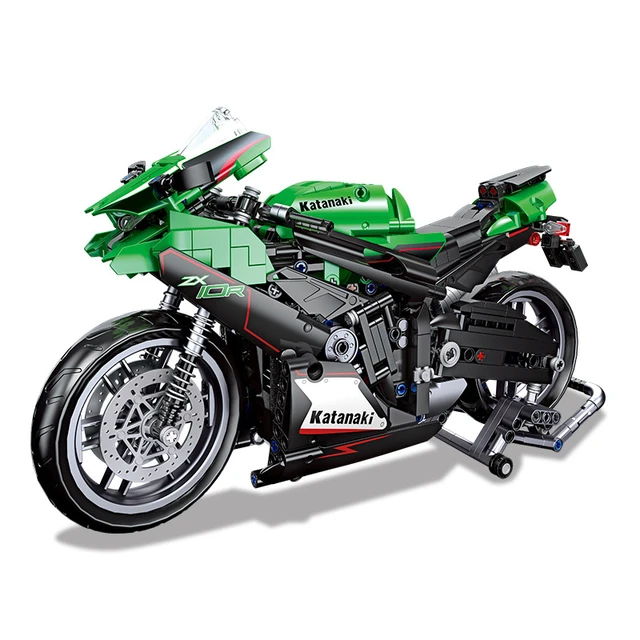Introduction
Properly securing your motorcycle during transportation is crucial for its safety and stability. One common question that arises is how many tie downs are needed to securely fasten a motorcycle. The answer depends on several factors, including the size and weight of the motorcycle, the type of transportation vehicle being used, and local regulations. In this guide, we will explore the considerations involved in determining the number of tie downs required for a motorcycle, ensuring a safe and secure journey.

How many tie downs do you need for a motorcycle?
Motorcycle Size and Weight
1.1. Light or Standard Motorcycles
For light or standard-sized motorcycles, two tie downs are typically sufficient to secure the bike during transportation. These motorcycles generally have a lower weight and are easier to stabilize with two properly placed and tensioned tie downs.
1.2. Heavy or Large Motorcycles
Heavy or large motorcycles may require additional tie downs to ensure proper stability and security. Depending on the weight and dimensions of the motorcycle, three or even four tie downs may be necessary to distribute the tension evenly and prevent any shifting during transit.
1.3. Custom or Modified Motorcycles
Custom or modified motorcycles may have unique features or components that require extra attention and securement. It is essential to evaluate the specific requirements of these motorcycles individually, considering any additional weight or modifications that could affect their stability.

Type of Transportation Vehicle
2.1. Motorcycle Trailers or Carriers
When using motorcycle trailers or carriers, the number of tie downs required may depend on the design and features of the specific trailer or carrier. It is common to use four tie downs when securing a motorcycle to a trailer or carrier to ensure optimal stability and safety.
2.2. Truck Beds or Vans
If transporting a motorcycle in a truck bed or van, two or more tie downs are typically used. The number of tie downs required may vary depending on the size of the vehicle, the motorcycle’s weight, and the presence of any additional securing mechanisms such as wheel chocks or anchor points.
2.3. Motorcycle Haulers or Professional Services
If utilizing motorcycle haulers or professional transportation services, the number of tie downs required will be determined by the expertise and experience of the professionals. These services often have specific protocols and guidelines in place to ensure the securement of motorcycles during transportation.

Local Regulations and Safety Standards
3.1. Compliance with Local Laws
It is crucial to familiarize yourself with local laws and regulations regarding motorcycle transportation. Some regions or countries may have specific requirements for the number of tie downs needed based on the weight and dimensions of the motorcycle. Adhering to these regulations ensures compliance and prioritizes safety.
3.2. Following Manufacturer Recommendations
Consult the motorcycle’s owner manual or the manufacturer’s recommendations for securement guidelines. The manufacturer’s instructions can provide valuable insights into the specific requirements for safely strapping down your motorcycle, including the recommended number of tie downs.
3.3. Professional Advice and Guidance
When in doubt about the number of tie downs required, seek advice from professionals or experienced motorcycle enthusiasts. They can provide guidance based on their expertise and may have specific recommendations for securing motorcycles of different sizes and weights.
Proper Tie Down Placement
4.1. Front Tie Downs
When securing your motorcycle, it is important to have proper tie down placement. One of the key areas to focus on is the front of the motorcycle. Attach one tie down to the front of the motorcycle, near the handlebars or the lower triple tree. This will help stabilize the front end and prevent any forward movement during transit.
4.2. Rear Tie Downs
The rear of the motorcycle also requires secure tie down placement. Attach the other tie down to the rear of the motorcycle, near the swingarm or the passenger foot pegs. This will help prevent any backward movement or shifting of the motorcycle during transportation.
4.3. Diagonal Tie Down Technique
For additional stability, you can use a diagonal tie down technique. Attach one tie down from the front left anchor point to the rear right anchor point, and vice versa. This technique helps to evenly distribute the tension and prevents lateral movement of the motorcycle.

Tensioning and Balancing
5.1. Proper Tensioning
Once the tie downs are attached, it is important to properly tension them. Ratchet straps should be tightened until they are snug, but avoid over-tightening, as this can put excessive strain on the motorcycle’s suspension or components. Cam buckle straps should also be tensioned securely, ensuring there is no slack or movement.
5.2. Equal Tension Distribution
During tensioning, it is crucial to ensure that the tension is evenly distributed between the front and rear tie downs. This helps maintain balance and stability during transportation. Adjust the tension as needed to achieve equal balance and prevent any leaning or shifting of the motorcycle.
5.3. Balance the Load
Properly balancing the load is essential for safe transportation. Ensure that the weight of the motorcycle is evenly distributed between the front and rear tie downs. This can be achieved by adjusting the positioning of the motorcycle or by using additional tie downs to secure any heavy accessories or luggage.
Additional Precautions
6.1. Use Soft Loops or Protective Covers
To prevent any damage or scratches to the motorcycle’s handlebars or other delicate areas, use soft loops or protective covers. These loops wrap around the handlebars or other anchor points, providing a secure connection without causing any damage.
6.2. Wheel Chocks or Stabilizers
Wheel chocks or stabilizers can be used to further stabilize the motorcycle during transportation. These devices help prevent any rolling or shifting of the motorcycle, ensuring a secure hold. Place the chocks or stabilizers against the wheels and secure them before attaching the tie downs.
6.3. Padding and Protection
Using additional padding and protection is recommended, especially for custom or modified motorcycles. Add padding or protective covers to vulnerable areas such as fairings, mirrors, or other protruding parts. Secure the padding with straps or bungee cords to ensure it remains in place during transit.

Conclusion
The number of tie downs required to securely fasten a motorcycle depends on various factors, including the size and weight of the motorcycle, the type of transportation vehicle being used, and local regulations. Light or standard motorcycles typically require two tie downs, while heavy or large motorcycles may need three or four tie downs to ensure stability. Custom or modified motorcycles may have unique requirements that should be evaluated individually. The type of transportation vehicle, such as trailers, truck beds, or vans, also influences the number of tie downs needed. Compliance with local laws, manufacturer recommendations, and seeking professional advice are essential to ensure proper securement and prioritize safety. By considering these factors and taking necessary precautions, you can confidently transport your motorcycle, knowing it is securely fastened and protected throughout the journey.
